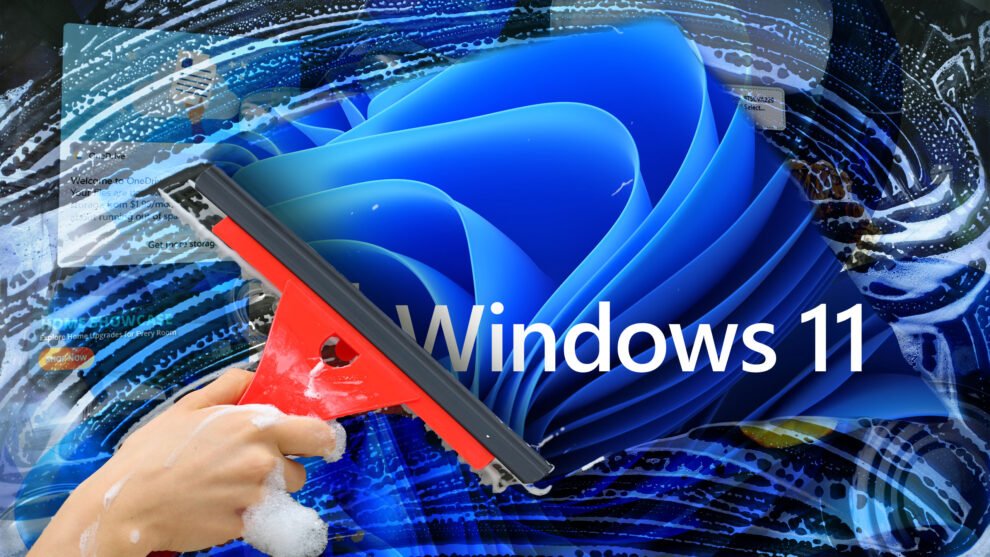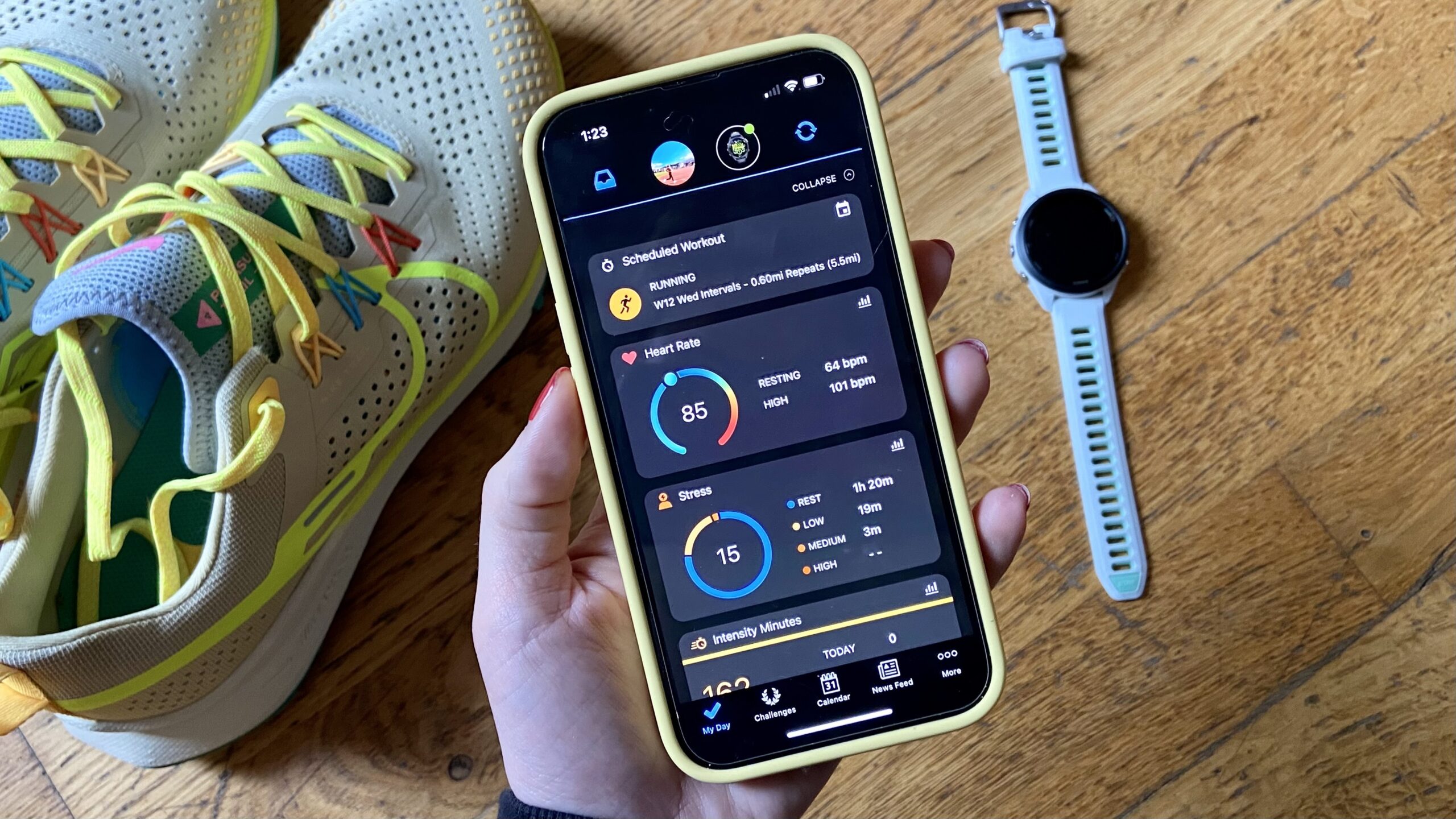A fresh Windows 11 24H2 install offers a clean slate, but it also comes with pre-installed bloatware, default settings that might not suit your needs, and potential privacy concerns. Cleaning up your system is crucial for optimal performance, security, and a personalized experience. This guide details dozens of steps to refine your Windows 11 24H2 installation and Edge browser.
System Cleanup:
- Uninstall Bloatware: Access the “Apps” section in Settings and uninstall pre-installed applications you don’t need. Focus on games, trial software, and manufacturer utilities you won’t use.
- Disable Startup Programs: Open Task Manager (Ctrl+Shift+Esc), go to the “Startup” tab, and disable applications that launch automatically on boot. This reduces startup time.
- Check for Updates: Go to Settings > Windows Update and install all available updates, including optional updates. This ensures you have the latest security patches and drivers.
- Configure Privacy Settings: Review privacy settings in Settings > Privacy & security. Adjust settings for location, camera, microphone, and other permissions to control data sharing.
- Set Default Apps: Choose your preferred applications for email, web browsing, music, and other file types in Settings > Apps > Default apps.
- Manage Storage: Use Storage Sense in Settings > System > Storage to automatically delete temporary files and free up disk space.
- Adjust Power Settings: Customize power plans in Settings > System > Power & battery to balance performance and energy consumption.
- Customize the Start Menu: Unpin unwanted tiles from the Start Menu and organize frequently used apps for quick access.
- Personalize the Taskbar: Adjust taskbar settings, including icon size and alignment, in Settings > Personalization > Taskbar.
- Configure File Explorer: Adjust File Explorer’s view, quick access settings, and folder options to match your workflow.
- Disable Telemetry: Limit diagnostic data sent to Microsoft in Settings > Privacy & security > Diagnostics & feedback.
- Create a System Restore Point: Create a restore point in System Properties to revert your system to a previous state if issues arise.
- Run Disk Cleanup: Use the Disk Cleanup utility to remove temporary files, system files, and other unnecessary data.
- Check Device Drivers: Ensure all hardware devices have the latest drivers installed through Device Manager. Update drivers if needed.
- Remove Unused User Accounts: Delete any user accounts you no longer need in Settings > Accounts > Family & other users.
- Set up Windows Hello: Use Windows Hello for secure and convenient login with fingerprint, facial recognition, or PIN.
- Configure Windows Security: Review Windows Security settings to ensure real-time protection, firewall settings, and other security features are active.
- Check for Windows Features: Add or remove optional Windows features in Settings > Apps > Optional features.
Edge Browser Cleanup:
- Import Bookmarks and Data: Import bookmarks, passwords, and other data from your previous browser in Edge settings.
- Set Default Search Engine: Change the default search engine in Edge settings to your preference.
- Manage Extensions: Install or remove Edge extensions to enhance browser functionality.
- Clear Browsing Data: Regularly clear browsing history, cookies, and cached data in Edge settings to maintain privacy and performance.
- Configure Privacy Settings: Adjust privacy settings in Edge to control tracking, data collection, and other privacy-related options.
- Manage Permissions: Control website permissions for location, camera, microphone, and notifications in Edge settings.
- Customize Appearance: Change Edge’s theme, appearance, and startup page in settings.
- Disable Sync: If you prefer not to sync your browsing data across devices, disable sync in Edge settings.
- Manage Saved Passwords: Review and manage saved passwords in Edge settings.
- Block Pop-ups: Enable the pop-up blocker in Edge settings to prevent unwanted pop-up windows.
- Configure Downloads: Set your preferred download location and manage download settings in Edge.
- Reset Edge Settings: If you encounter problems, reset Edge settings to their defaults.
- Update Edge: Keep Edge updated to the latest version for security and performance improvements.
Additional Tips:
- Install Essential Software: Install your preferred applications for productivity, entertainment, and other tasks.
- Back Up Your System: Create a backup of your system after completing the cleanup process.
- Learn Keyboard Shortcuts: Familiarize yourself with useful Windows and Edge keyboard shortcuts to improve productivity.
- Explore Windows Settings: Spend time exploring the various settings and customization options in Windows to personalize your experience.
By following these steps, you can optimize your fresh Windows 11 24H2 and Edge installation, ensuring a clean, efficient, and personalized computing experience.










Add Comment